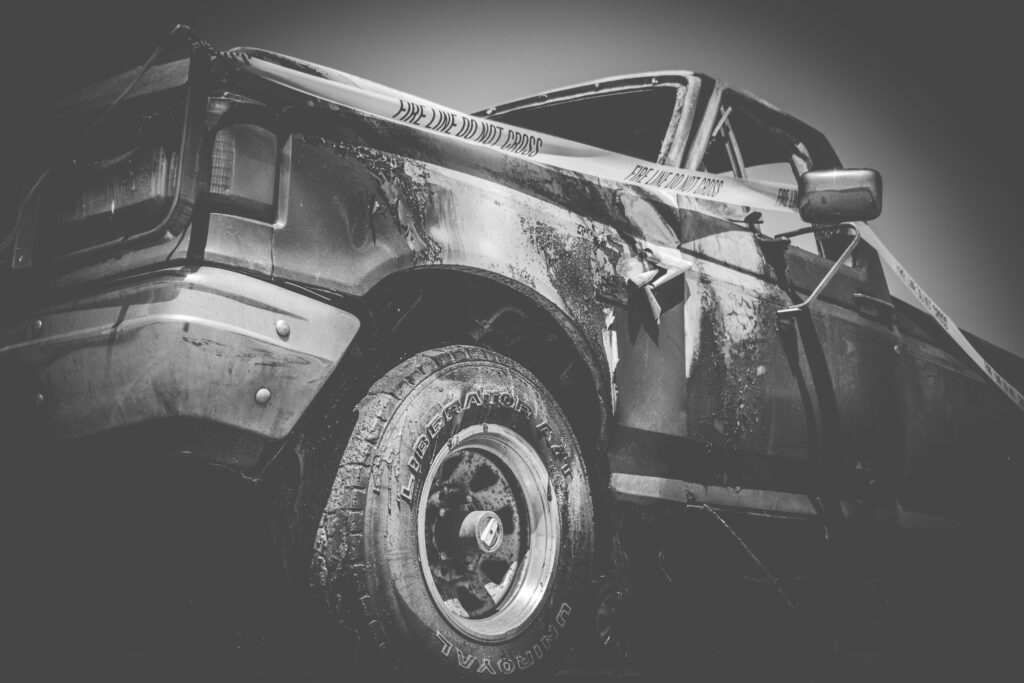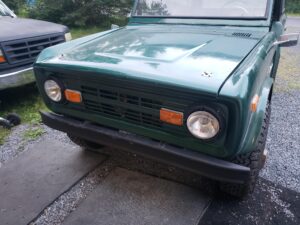Ford Bronco from Rusty to Restored: A Complete Guide

The Ford Bronco is a classic American SUV that has been in production since the mid-1960s. Over the years, the Bronco has become an icon of off-road adventure and a symbol of rugged individualism. If you’re lucky enough to own one of these classic vehicles, you know how important it is to keep it in top condition. In this article, we’ll provide you with a complete guide on how to restore a Ford Bronco from rusty to restore.
Assessing the Condition of Your Ford Bronco
The first step in restoring your Ford Bronco is to assess its condition. You need to know what you’re dealing with before you start tearing it apart. Here’s what you should look for:
Exterior Condition:
Check the body for rust and damage.
Check the condition of the doors, hood, and tailgate.
Look for any signs of previous repairs or bodywork.
Interior Condition:
Check the condition of the seats and upholstery.
Look for any signs of water damage or mold.
Check the condition of the dashboard and instrument panel.
Mechanical Condition:
Check the engine for signs of wear and damage.
Check the condition of the transmission and drivetrain.
Look for any signs of leaks or other issues.
Once you have assessed the condition of your Ford Bronco, you can begin planning your restoration project.

Restoring the Body of Your Ford Bronco
The body of your Ford Bronco is one of the most critical parts of the restoration process. Here’s how to restore it:
Remove all the rust using a wire brush, sandblaster, or sandpaper.
Repair any dents or damage with a body hammer and dolly.
Fill any gaps or imperfections with body filler and sand it smoothly.
Apply a rust converter and primer to prevent further rust from forming.
Paint the body with high-quality automotive paint.

Restoring the Interior of Your Ford Bronco
The interior of your Ford Bronco is where you’ll spend most of your time. Here’s how to restore it:
Remove the seats, carpet, and door panels.
Replace any damaged or worn components, such as the seat covers, carpet, and headliner.
Clean the dashboard and instrument panel with a mild cleaner and a soft cloth.
If the steering wheel is worn or damaged, replace it with an aftermarket wheel that matches the style of the original.
Restoring the Mechanical Components of Your Ford Bronco
The mechanical components of your Ford Bronco are what makes it go. Here’s how to restore them:
Replace any worn or damaged parts, such as spark plugs, filters, and belts.
Check the brakes and replace any worn or damaged components, such as the brake pads, rotors, or calipers.
Inspect the suspension system and replace any worn or damaged parts, such as the shocks, struts, or bushings.
Check the engine and transmission for any leaks or other issues. Address any problems before moving forward with the restoration.
Final Touches on Your Restored Ford Bronco
Once you have completed the bodywork, interior, and mechanical restoration, it’s time to add the finishing touches to your Ford Bronco. Here’s what you should do:
Replace the emblems, badges, and other exterior trim pieces with high-quality reproductions.
Choose period-correct wheels and tires that match the style of your Ford Bronco.
Replace the weatherstripping around the doors and windows to prevent water and air from entering the vehicle.
Install a high-quality audio system that includes a stereo head unit, speakers,






